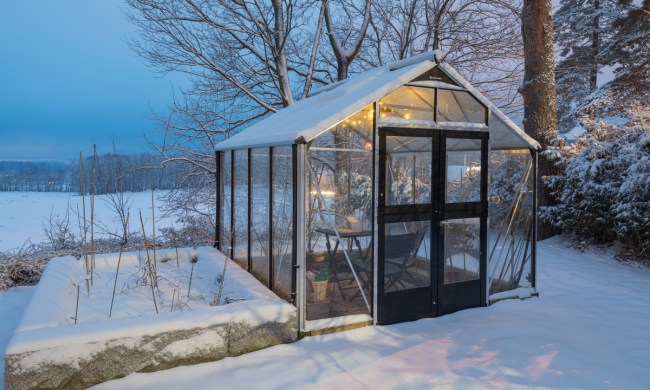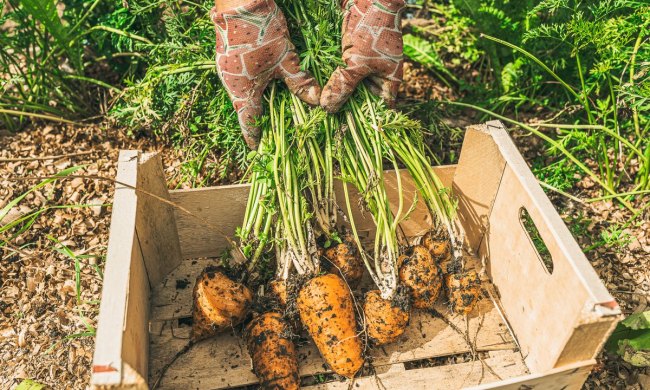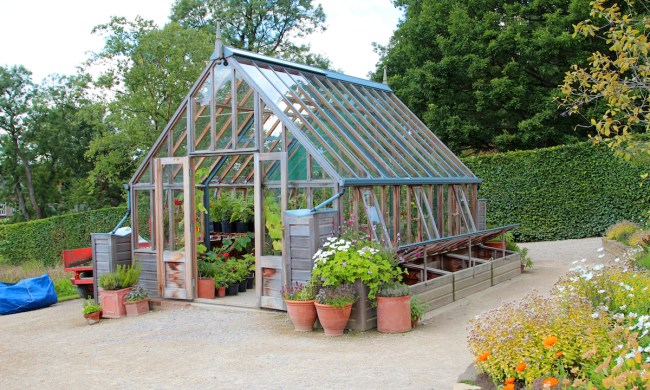Greenhouses are inherently a learning experience for any beginning greenhouse gardener, regardless of how much outdoor or indoor gardening you’ve done in the past. If this is your first time using a greenhouse, it can be difficult to achieve an ideal greenhouse temperature and humidity right away. Outdoor gardens are designed to rely on outdoor conditions, which is how growing seasons are determined, and most likely anything grown in your house is simple enough to not need a perfectly maintained environment. But when you move to greenhouse growing, especially in colder, drier months, maintaining an ideal greenhouse humidity is essential.
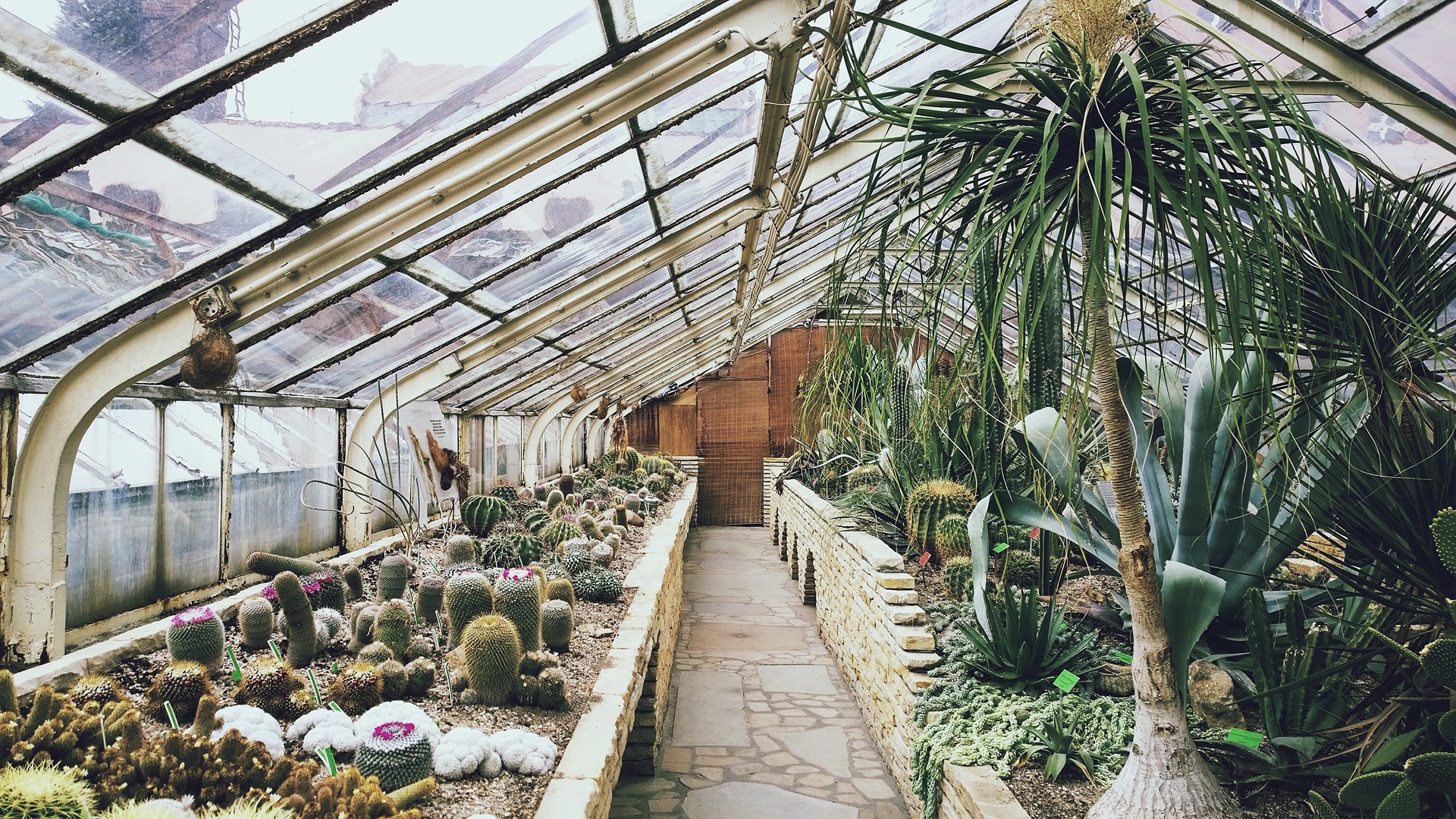
The ideal temperature for your greenhouse
Because the ideal greenhouse temperature is a small range between 80 and 85 F, it would be best to learn how to first maintain a consistent temperature before filling your greenhouse with plants. You’d hate to invest in a bunch of crops and greenery, only to have them prematurely perish due to the environment. Greenhouses can be a bit finicky if you aren’t used to them, so there’s no shame in taking time to get it right! Don’t rush the process; you’ll be much happier if you learn how to maintain a constant temperature before growing all the plants.
Keep in mind that greenhouses will utilize the sun’s rays for heat. This means part of your maintenance in the hotter months will be shades that help reflect some of the heat, and part of the maintenance in the colder months (if you intend to do winter growing) will be an additional heating element. There are less daylight hours in the colder seasons, so additional gas or electric heaters will help balance out your space. Balancing out the freezing temperatures in the winter and the burning temperatures in the summer will be one of your most important tasks as a greenhouse gardener.
Maintaining an ideal temperature
All greenhouses should have either top vents, side vents, or both that can help regulate by bringing in cool air and blowing out warm air through use of fans. In addition to shades and additional heating elements, these vents will help you maintain an ideal greenhouse temperature. The vents can be operated manually or automatically, depending on how you want to regulate your temperature. Manual systems can often be difficult to remember to do, and they could pose a risk to your indoor environment if you aren’t home when the weather suddenly changes.
An automatic ventilation system could be the best way to help with maintaining an ideal temperature, as it works based off a sensor that will turn on the cooling or heating settings when the temperature rises or falls below the 80 to 85-degree range. The shades will also help aid in this process. They come in various darker colors, including green, that you can attach and roll down the outside of your greenhouse windows. Having them up or down will adjust the light levels in your greenhouse and can help cool the indoor temperature during the warmer months. You’ll want them rolled up in the winter to increase the light inside the greenhouse and allow it to absorb as much heat as possible from the sun rays.
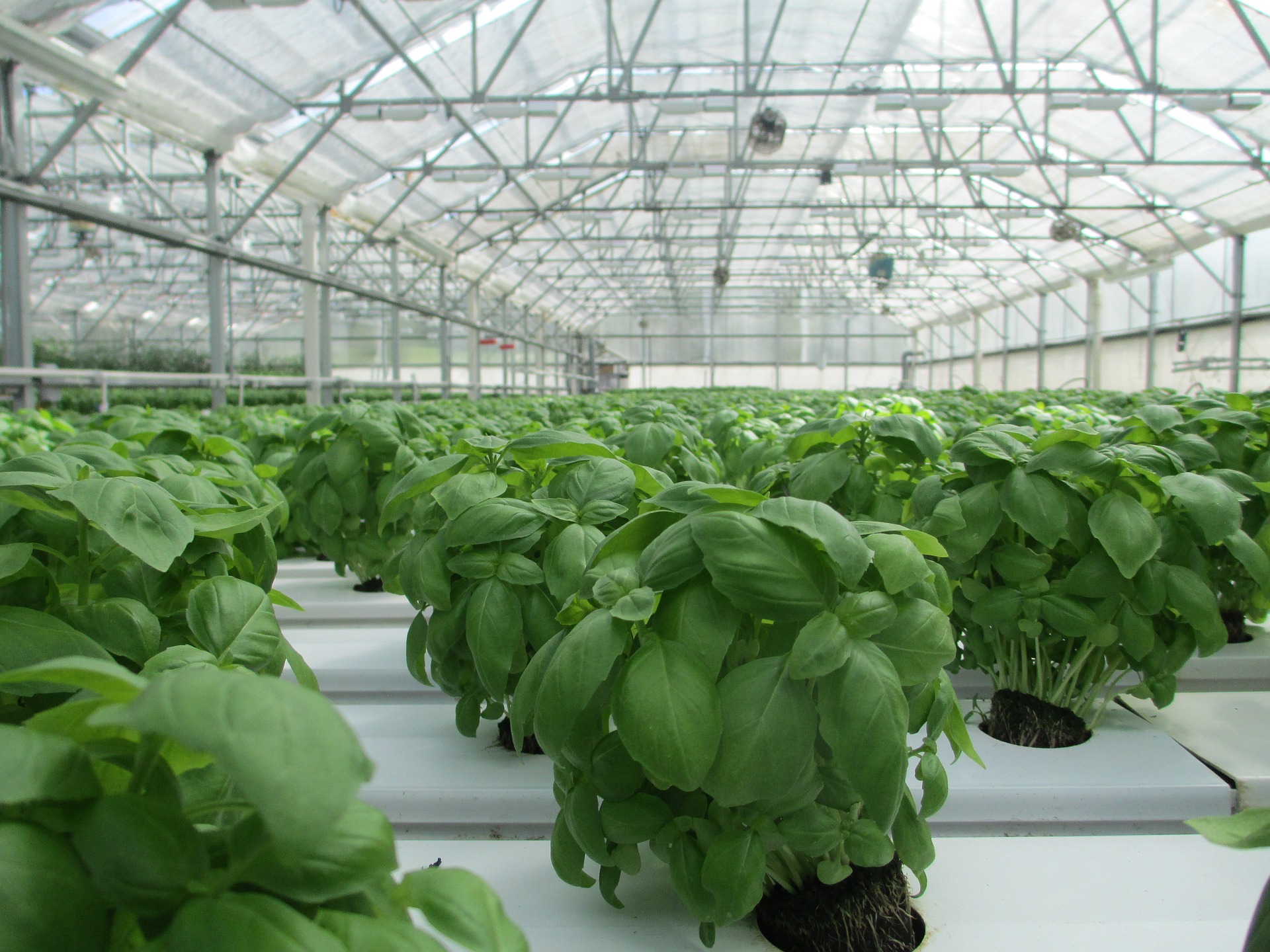
Sustaining your greenhouse’s humidity
Greenhouse environments will often prefer to be on the more humid side. The ideal greenhouse humidity is between 50 and 70 percent (though up to 80 percent is usually tolerable), and you’ll be able to tell if it’s too low or too high when you walk inside. You don’t want it to drop much below 50 at the risk of plants drying out, but you also don’t want 100-percent humidity as that will provide the plants with too much moisture and pose a risk.
To sustain a good greenhouse humidity and be aware of not only large but subtle changes in the percentage, you’ll need to get a good humidity meter. Many digital thermostats will come with a humidity meter and can additionally help you monitor your greenhouse’s temperature. Thermostats and meters are affordable and easy to find.
Maintaining the ideal greenhouse temperature and humidity will be essential for successful greenhouse growth. Even if you have to spend a year with an empty greenhouse, just working out the kinks and learning how to sustain a consistent indoor environment, it will be worth it in the long run. You’ll feel prepared when you introduce plants to the greenhouse and feel more equipped and able to handle unexpected shifts in the weather.
